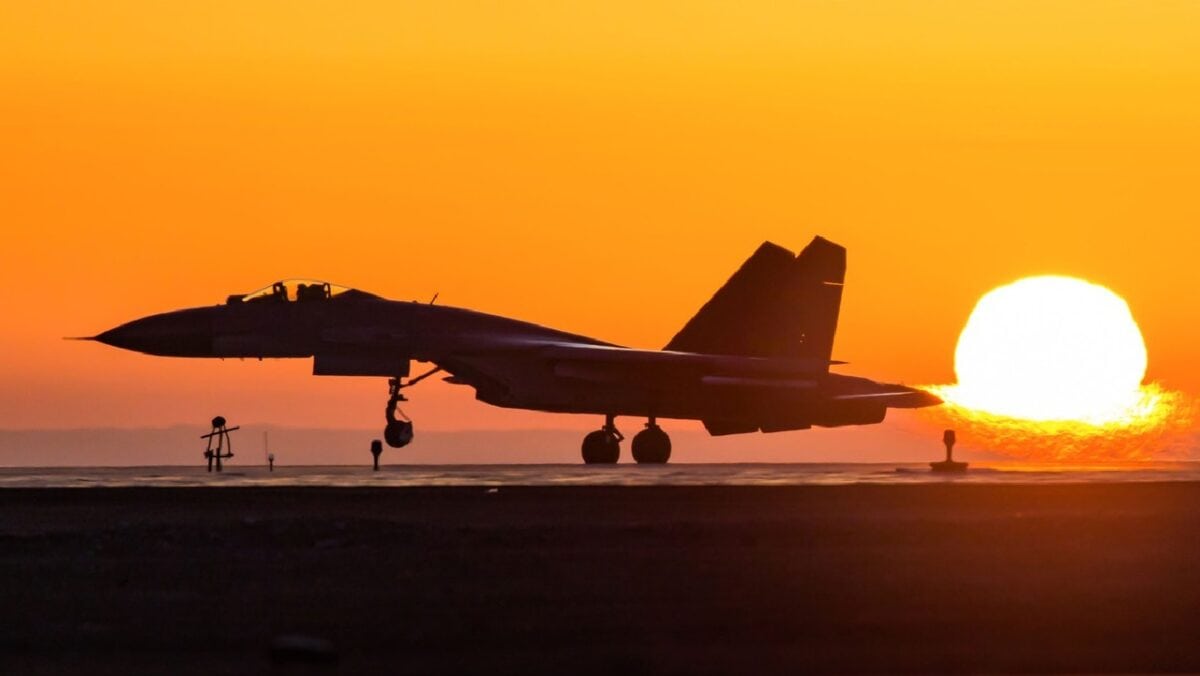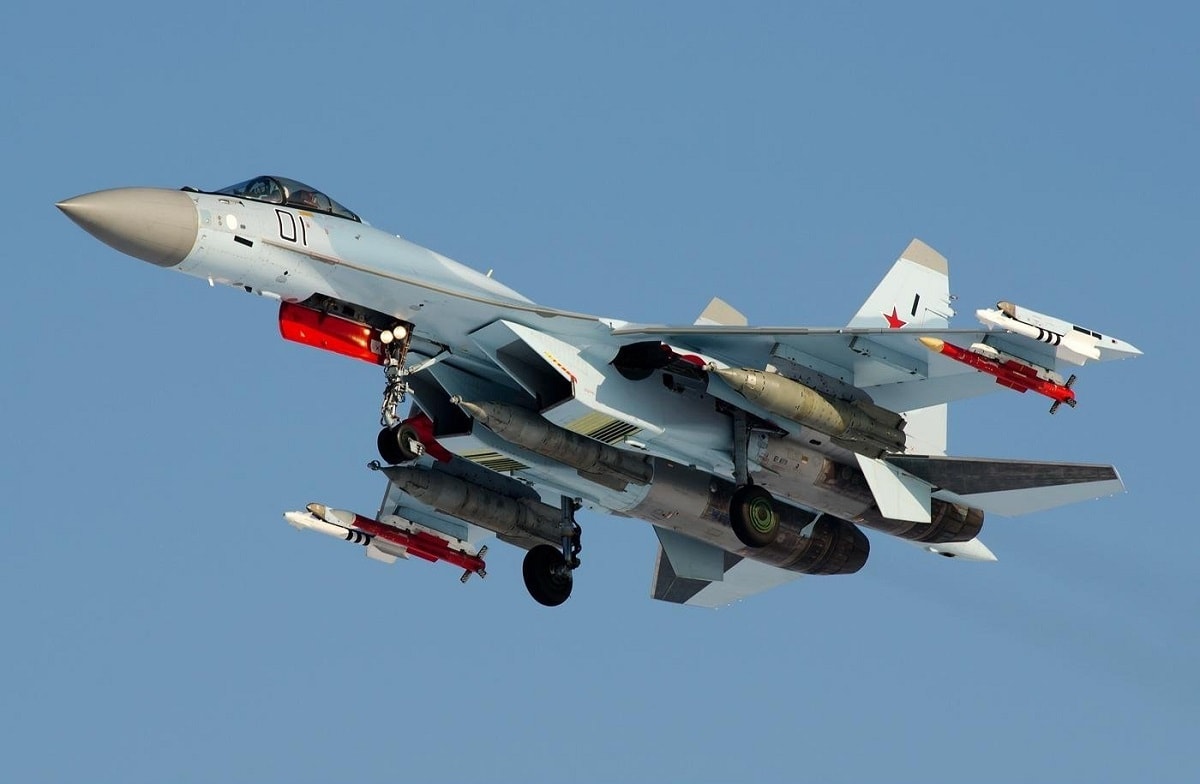Russia’s “best” military hardware hasn’t fared so well in Ukraine. The Kremlin has already seen the loss of multiple T-90M main battle tanks (MBTs), while its Black Sea Fleet flagship Moskva was sunk in April. Now it seems even the once feared Sukhoi Su-35S is failing to live up to the hype.
The Ukrainian military has claimed that a second Su-35S (NATO reporting name Flanker-E) was shot down during an aerial dogfight over the Kherson region on May 27. That was less than two months after another Su-35S had been downed by Ukrainian air defenses near the Kharkiv region in early April.
“Today, May 27, at about 2 pm, a MiG-29 fighter of the Air Force of the Armed Forces of Ukraine shot down a Russian Su-35 fighter in the sky of the Kherson region, which hunting for Ukrainian assault aircraft. Glory to Ukrainian pilots!” the Ukrainian Air Force (@KpsZSU) announced on Twitter.
Glory indeed.
Wreckage of a Kh-31 anti-radiation missile (ARM) was reportedly discovered among the downed Flanker’s debris, and the aircraft was said to be assigned to a SEAD (Suppression of Enemy Air Defenses) mission to eliminate enemy ground-based air defense radars.
Flanker Fails
The Sukhoi Su-35S is a “4++ generation” aircraft that was designed with some fifth-generation technologies. The Flanker-E, which is essentially the second improved version of the Su-27M, is single-seat, twin-engine, supermaneuverable aircraft. It features thrust-vectoring engines in place of the Su-27 canards. It has been hyped to be a capable foe to current U.S. aircraft, including the F-15 Eagle, the F/A-18, and even the F-35 Lightning II.
Russia has long touted its capabilities.
The Su-35’s armament includes a GSh-30-1 30mm autocannon with 150 rounds, along with 17,630 pounds of payload on 12 external points. It can carry a variety of air-to-air, air-to-surface, anti-radiation, and anti-ship missiles, as well as a number of TV, laser-, and satellite-guided bombs. Its twin Saturn AL-41F1S turbofans provide the Su-35 with maneuverability that can easily match or exceed the evasion techniques of nearly all existing fourth-generation fighters. With a maximum speed of 1,550 mph and a ceiling of 59,050 feet, it is a well-armed, speedy aircraft.
While it has been seen as one of the best air superiority fighters in service, the fact that one was shot down, reportedly by a Ukrainian MiG-29, does raise certain questions. As with anything in combat, one wrong split-second decision can make the difference between life and death, while any aircraft is only really as good as its pilot – and that fact is worth noting.
As has been widely reported, Russia currently lacks access to the training and exercise architecture to rival that available to NATO air forces, and that has been a factor in why the Russian forces have failed to achieve air superiority, despite having more – and potentially more capable – aircraft. Another factor is that much like the infantry and tank crews, the Kremlin’s pilots don’t have their heart in the fight, and certainly not to the level of their Ukrainian counterparts.

Su-35. Image Credit: Creative Commons.
So far two Su-35S aircraft have been downed, but they’re not likely to be the last ones to be blown out of the skies over Ukraine. The Flanker rightfully earns an “E” and not for effort.
Now a Senior Editor for 1945, Peter Suciu is a Michigan-based writer who has contributed to more than four dozen magazines, newspapers and websites. He regularly writes about military hardware, and is the author of several books on military headgear including A Gallery of Military Headdress, which is available on Amazon.com. Peter is also a Contributing Writer for Forbes.

